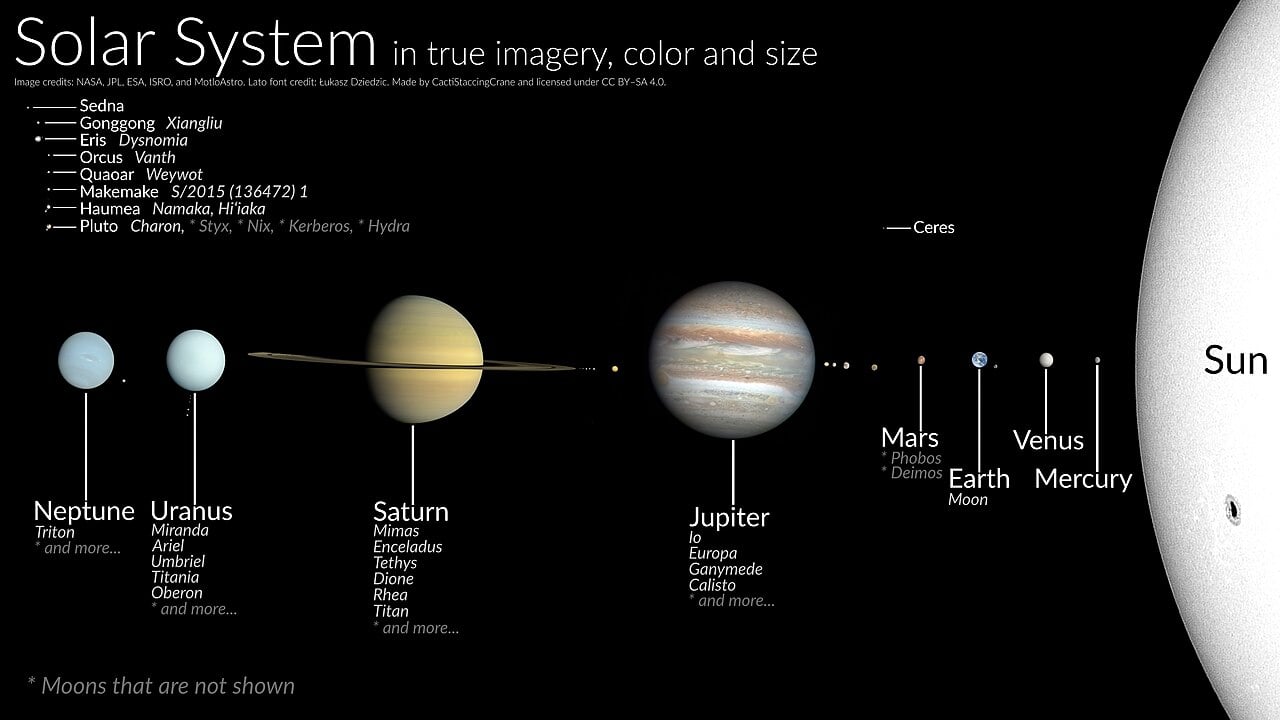Science
Solar System’s Speed Through Space Surprises Scientists

The Solar System is moving through space much faster than previously predicted, according to a new study led by Lukas Böhme, an astrophysicist at Bielefeld University. This revelation stems from a sophisticated analysis of radio galaxies, which are distant cosmic objects that emit powerful radio waves. The findings suggest that the motion of our Solar System creates a subtle asymmetry in the distribution of galaxies, presenting evidence that contradicts established cosmological models.
Understanding the Solar System’s velocity is complex, as it involves measuring the universe’s vastness and the distribution of galaxies. As our Solar System travels, it generates a “headwind,” leading to a noticeable difference in the number of galaxies observed in the direction of travel compared to those behind us. The discrepancy is faint and requires highly sensitive measurements to detect.
Innovative Methods Yield Unexpected Results
The research team utilized a unique approach by combining data from three radio telescope networks, including the LOFAR (Low Frequency Array) located in Exloo, Netherlands. This collaboration allowed for an extensive dataset, enabling researchers to count radio galaxies across the sky with remarkable accuracy. By employing a new statistical method, they accounted for the complex structure of many radio galaxies, which often consist of multiple components.
Despite conservative error estimates, the results were striking. The analysis indicated an anisotropic distribution of radio galaxies, achieving a statistical significance exceeding five sigma. In scientific terms, this level of significance strongly supports the existence of a genuine effect rather than merely measurement noise. The observed asymmetry was found to be 3.7 times stronger than predictions made by the standard cosmological model, which assumes a relatively uniform distribution of matter throughout the universe.
Implications for Cosmology
This unexpected finding raises two significant possibilities. First, it may indicate that our Solar System is indeed moving through space at a speed far greater than current models suggest, necessitating fundamental revisions in our understanding of the cosmos. Alternatively, the distribution of radio galaxies might be less uniform than previously assumed, challenging established views in cosmology.
These results align with earlier observations made through different methods, particularly studies involving quasars. Previous research examining the infrared data from these brilliant cores of distant galaxies, which are powered by supermassive black holes, indicated similar anomalous effects. This independent confirmation bolsters the notion that the phenomenon is a genuine aspect of the universe rather than a mere artefact of measurement.
The study highlights how advancements in observational techniques can reshape our comprehension of the cosmos. It serves as a reminder of the vast unknowns that still exist regarding our place in the universe. As researchers continue to refine their methods and gather data, the quest for understanding the fundamental workings of the universe continues to evolve.
-

 Science1 month ago
Science1 month agoIROS 2025 to Showcase Cutting-Edge Robotics Innovations in China
-

 Science2 weeks ago
Science2 weeks agoUniversity of Hawaiʻi at Mānoa Joins $25.6M AI Initiative for Disaster Monitoring
-

 Lifestyle1 month ago
Lifestyle1 month agoStone Island’s Logo Worn by Extremists Sparks Brand Dilemma
-

 Health1 month ago
Health1 month agoStartup Liberate Bio Secures $31 Million for Next-Gen Therapies
-

 World1 month ago
World1 month agoBravo Company Veterans Honored with Bronze Medals After 56 Years
-

 Politics1 month ago
Politics1 month agoJudge Considers Dismissal of Chelsea Housing Case Citing AI Flaws
-

 Lifestyle1 month ago
Lifestyle1 month agoMary Morgan Jackson Crowned Little Miss National Peanut Festival 2025
-

 Health1 month ago
Health1 month agoTop Hyaluronic Acid Serums for Radiant Skin in 2025
-

 Science1 month ago
Science1 month agoArizona State University Transforms Programming Education Approach
-

 Top Stories1 month ago
Top Stories1 month agoIndonesia Suspends 27,000 Bank Accounts in Online Gambling Crackdown
-

 Sports1 month ago
Sports1 month agoMel Kiper Jr. Reveals Top 25 Prospects for 2026 NFL Draft
-

 Business1 month ago
Business1 month agoTruist Financial Increases Stake in Global X Variable Rate ETF








